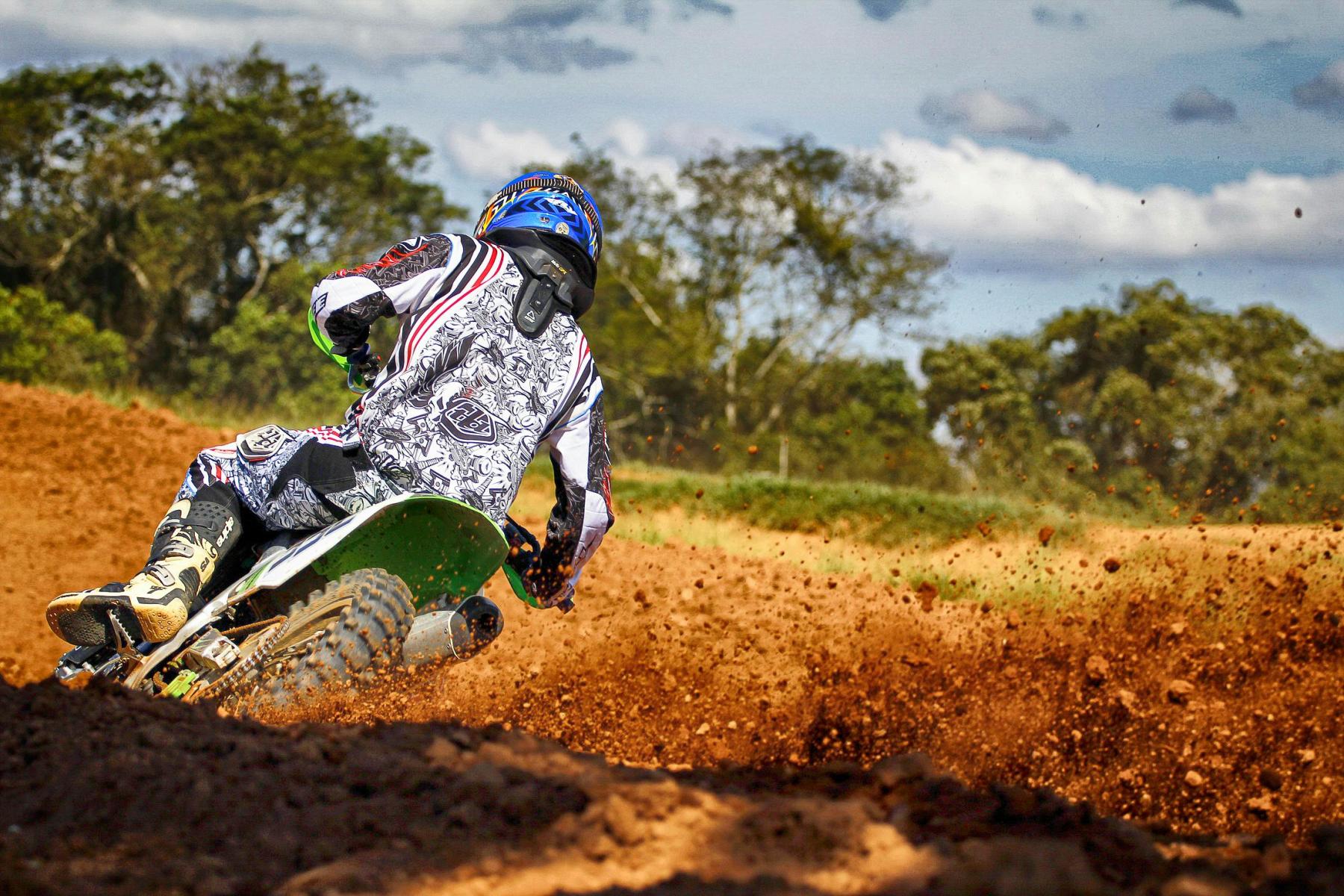Off-roading, with its promise of adventure and freedom, has captivated many motorcycle enthusiasts. However, this thrilling activity is not without its challenges.
Off-roading bikes, or dirt bikes, face a variety of obstacles that test the limits of both machine and rider.
Here, we delve into the primary challenges that these bikes encounter and how they shape the off-roading experience.

Terrain Variability
One of the most significant challenges for off-roading bikes is the unpredictable nature of the terrain. Riders must be prepared to navigate through mud, sand, rocks, and steep inclines. Each type of terrain demands different handling skills and bike capabilities:
- Mud: Slippery and unpredictable, requiring bikes with excellent traction and riders with fine control.
- Sand: Loose and shifting, challenging bikes to maintain stability and riders to balance effectively.
- Rocks: Rough and jarring, necessitating robust suspension systems and careful navigation to avoid damage.
- Inclines: Both ascents and descents require powerful engines and effective braking systems to manage safely.
Mechanical Durability
Off-roading bikes endure harsher conditions compared to their road-going counterparts. This puts a premium on mechanical durability:
- Suspension: A critical component that must absorb shocks from rough terrain while maintaining stability. High-quality, adjustable suspensions are a must.
- Frame and Build: The bike's frame needs to be strong yet lightweight, capable of withstanding impacts and vibrations without compromising maneuverability.
- Tires: Specialized off-road tires with deep treads and durable construction are essential for maintaining grip and preventing punctures.
Rider Skill and Physical Endurance
Riding off-road is physically demanding and requires a high skill level. Riders must constantly adjust their posture and weight distribution to navigate challenging terrain effectively. Physical endurance is crucial, as off-road riding can be exhausting, especially over long distances or rough trails.
- Balance and Coordination: Constant adjustments are needed to keep the bike upright and moving in the desired direction.
- Strength and Stamina: Riders need strong core and leg muscles to control the bike and absorb shocks.
- Technical Skills: Knowledge of how to handle different terrains, execute maneuvers like jumps, and recover from potential falls.
Maintenance and Upkeep
The rigors of off-roading necessitate regular and thorough maintenance. Dirt, grit, and water can infiltrate bike components, leading to wear and tear. Key areas of focus include:
- Cleaning: Regular cleaning is necessary to remove dirt and debris, preventing it from causing damage.
- Lubrication: Keeping the chain and other moving parts well-lubricated to ensure smooth operation.
- Inspection: Frequent checks of critical components such as brakes, tires, and suspension for signs of wear or damage.
Environmental Impact
Off-roading can have significant environmental impacts, such as soil erosion and disturbance to wildlife. Riders need to be conscious of their impact and strive to minimize it:
- Respecting Trails: Sticking to designated trails to avoid damaging sensitive ecosystems.
- Minimizing Noise: Using bikes with quieter engines and exhaust systems to reduce noise pollution.
- Leave No Trace: ensuring that all waste is carried out and disposed of properly, preserving the natural environment for future riders.
Final Drive...
The challenges of off-roading bikes are multifaceted, encompassing terrain variability, mechanical durability, rider skill, maintenance demands, and environmental considerations. Overcoming these challenges requires a combination of advanced bike technology, rider expertise, and a commitment to responsible riding practices.
For those willing to embrace these challenges, the rewards of off-roading—exploring remote areas, mastering technical riding skills, and experiencing the thrill of adventure—are well worth the effort.
.png)
.png)


